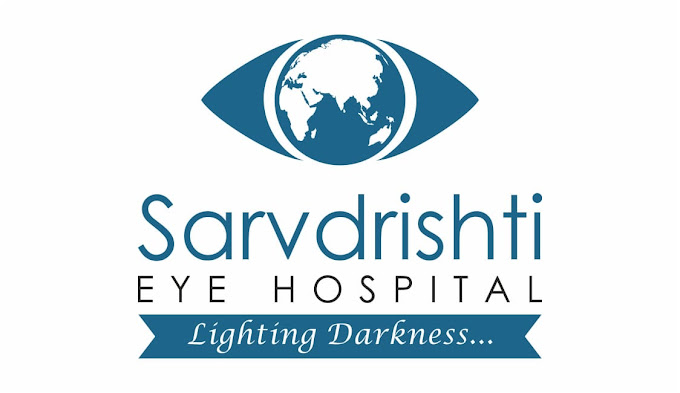Squint Eye: Causes, Symptoms, and Treatment
Introduction; Squint eye, also called strabismus, happens when your eyes don’t line up properly and can’t focus together.”
This misalignment can be constant or intermittent and may occur in one or both eyes. Understanding the causes, symptoms, and treatment options for squint eye is crucial for effective management and improved quality of life.
Causes: The causes of squint eye can vary and may involve both genetic and environmental factors. Some common causes include:
- Muscle Imbalance: If the muscles around the eyes do not work together properly, it can lead to misalignment.
- Refractive Errors: Conditions such as near-sightedness, farsightedness, or astigmatism can contribute to squinting.
- Neurological Factors: Problems with the nerves that control eye movements can result in squint eye.
- Genetics: Family history of squint eye increases the risk of developing the condition.
- Eye Injury or Disease: Trauma to the eye or certain eye conditions such as cataracts or retinopathy can cause squinting.
Symptoms: Recognizing the symptoms of squint eye is essential for early detection and intervention. Some common signs and symptoms include:
- Misaligned Eyes: One eye may turn inwards, outwards, upwards, or downwards in relation to the other eye.
- Double Vision: Seeing two images instead of one, especially when squinting.
- Eye Strain: Difficulty focusing, frequent blinking, or rubbing the eyes.
- Headaches: Persistent headaches, especially after focusing on near objects.
- Poor Depth Perception: Difficulty judging distances accurately.
Treatment: The treatment for squint eye depends on various factors, including the underlying cause, severity of the condition, and the age of the patient. Here are some common treatment options:
- Corrective Lenses: Prescription glasses or contact lenses can help correct refractive errors, reducing the need for squinting.
- Eye Exercises: Vision therapy, including exercises to strengthen eye muscles and improve coordination, may be recommended, particularly for children.
- Patching Therapy: Covering the stronger eye with a patch to encourage the weaker eye to work harder and improve alignment.
- Surgery: In cases where other treatments are ineffective or if there’s a significant structural issue, surgery may be necessary to realign the muscles around the eyes.
- Botulinum Toxin Injections: In some cases, injecting botulinum toxin into specific eye muscles can temporarily improve alignment.
Prevention: While some causes of squint eye, such as genetics, cannot be prevented, there are steps individuals can take to reduce the risk or severity of the condition:
- Regular Eye Exams: Routine eye exams can help detect squint eye early and facilitate prompt treatment.
- Vision Correction: Correcting refractive errors with glasses or contact lenses can prevent eye strain and reduce the likelihood of squinting.
- Eye Safety: Protecting the eyes from injury by wearing appropriate safety gear during sports or hazardous activities.
- Healthy Habits: Maintaining overall eye health through a balanced diet, adequate hydration, and proper eye care habits.
Conclusion: Squint eye, or strabismus, is a common condition that can affect people of all ages. Early detection and appropriate treatment are crucial for optimizing visual function and preventing complications. By understanding the causes, symptoms, and treatment options for squint eye, individuals can take proactive steps to manage the condition effectively and maintain good eye health.

